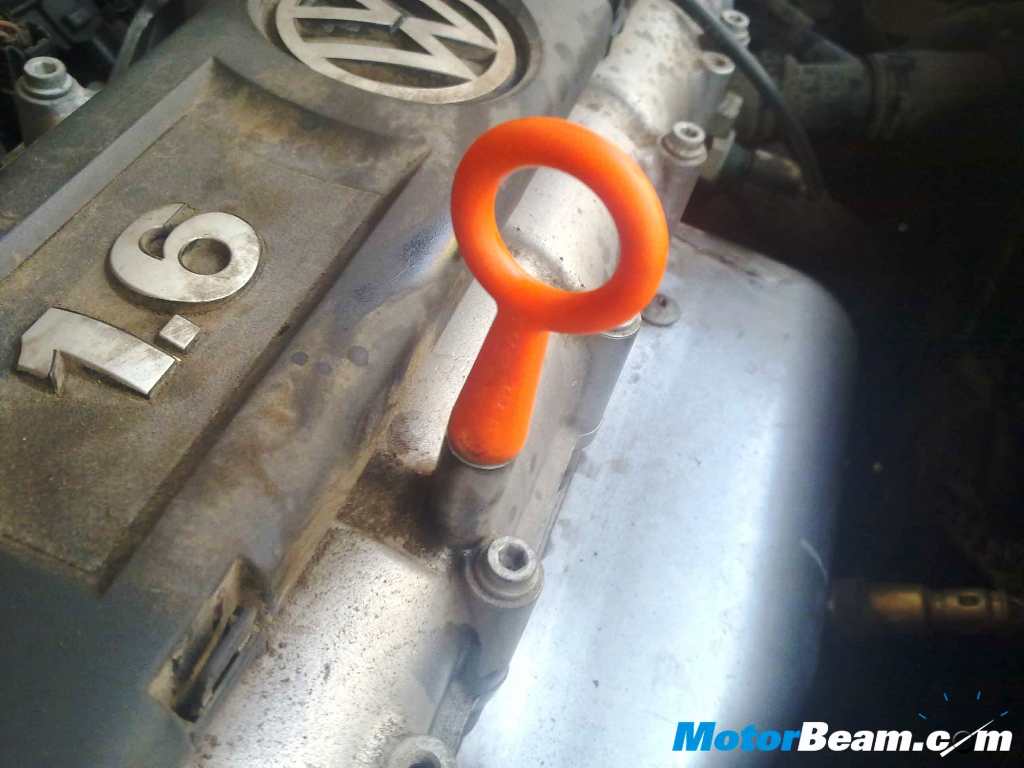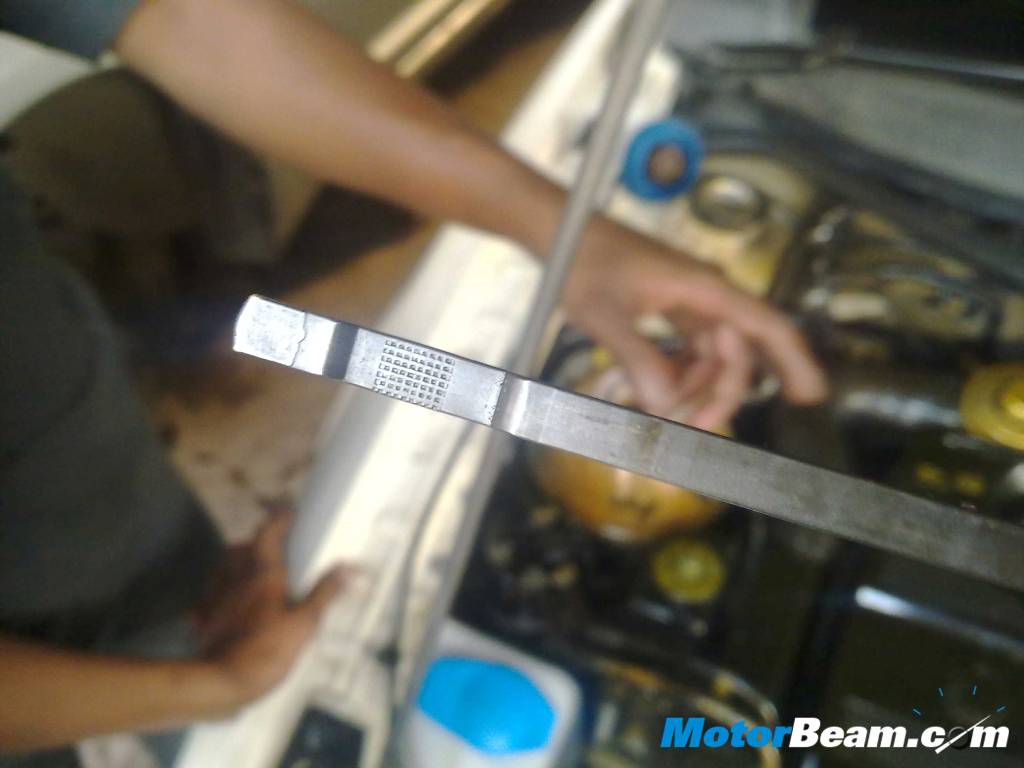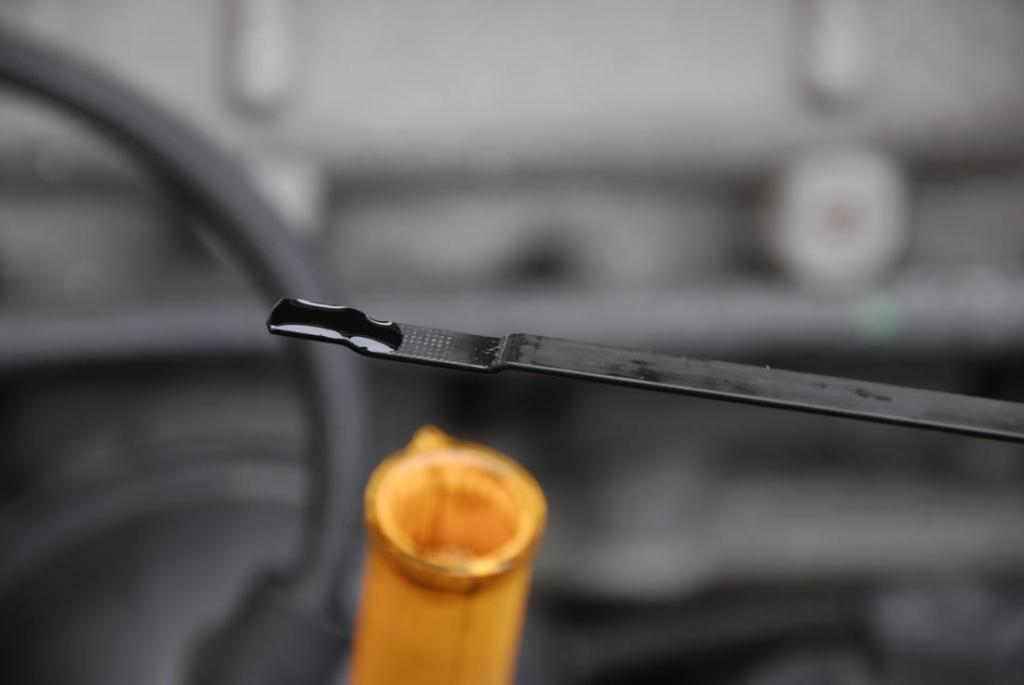Engine oil plays the dominant role in maintaining the health of your engine safeguarding it from extreme heat and cold, lubricating its parts for optimum performance. The reduced friction between the components results in running it smoothly. All you need to provide is basic attention on a regular basis to extend the life of your engine.
Follow our guide to know if your vehicle needs oil or not.
When to check engine oil level
You should look under the bonnet at least once a month to keep a tab on all the fluids of the car, especially the engine oil. It is recommended that you check frequently, if you are burning more miles in a less span of time. The engine oil needs to be changed usually at 7500 kms for a car. Regular checking of oil will keep you updated about your engine’s health and will tell you earlier if a change is due.
How to check engine oil level
Step 1 – Start the engine
The best time to check the engine oil on your car is after keeping it running for 15 minutes or less. This results accurately checking the oil level.
The dipstick

A dipstick is a marked metal rod that travels from the top to the main sump of the engine, where the oil collects, through a pipe. The dipstick carries markings on the bottom of the rod that will tell you the minimum level of oil in the engine and the maximum level that it can hold. You need to refer to the dipstick level every time you want to know the level of oil in your engine.
Step 2 – Pull the dipstick out and put it in again

You need to pull the dipstick out of the pipe and wipe of the rod with some cloth rag. Dip the stick again into the pipe and now check the level of oil on the stick. The minimum and the maximum marks that are shown as notched, scribed or dimpled on the stick. Your owner’s manual will be able to help you identify the marks. If the oil rests at the maximum mark, you have nothing to worry about. If not, then top of your engine with some needed oil and check the level again.
Step 3 – Check the viscosity of oil

While you are at it, check the viscosity of the oil as well. Oil tends to turn black with time, marginally faster with diesels. So it is necessary to know the condition of the oil. Rub it against your thumb and index finger; if it leaves a dirty smudge, it is best to get the oil changed.
Step 4 – Look for any leakage
If you are losing oil too fast or too frequently, look for any leakages. Hoses, pipes wear down with time and age and need replacement from time to time. The sump plug at the bottom may also need to be replaced or the crush washer must have worn off. Make sure all pipe are connected without any leakage.
You should change your oil at once in 6 months. Even the oil in an unused car breaks down over time and will be useless in lubricating the engine. Keeping constant checks on the engine oil level will definitely result in keeping the maintenance costs low, negating the need for heavy engine repairs ever.
Check out our step by step guide on how to change engine oil on your car.




